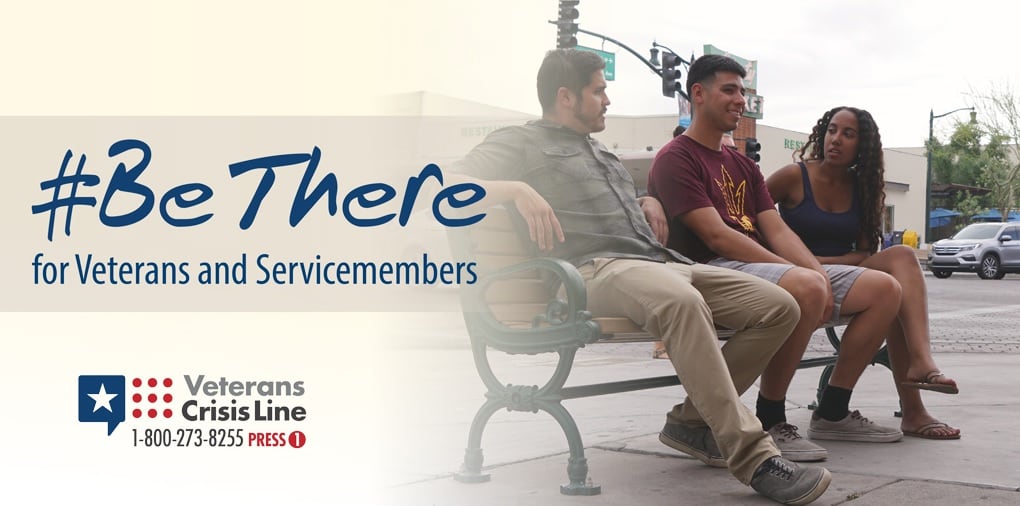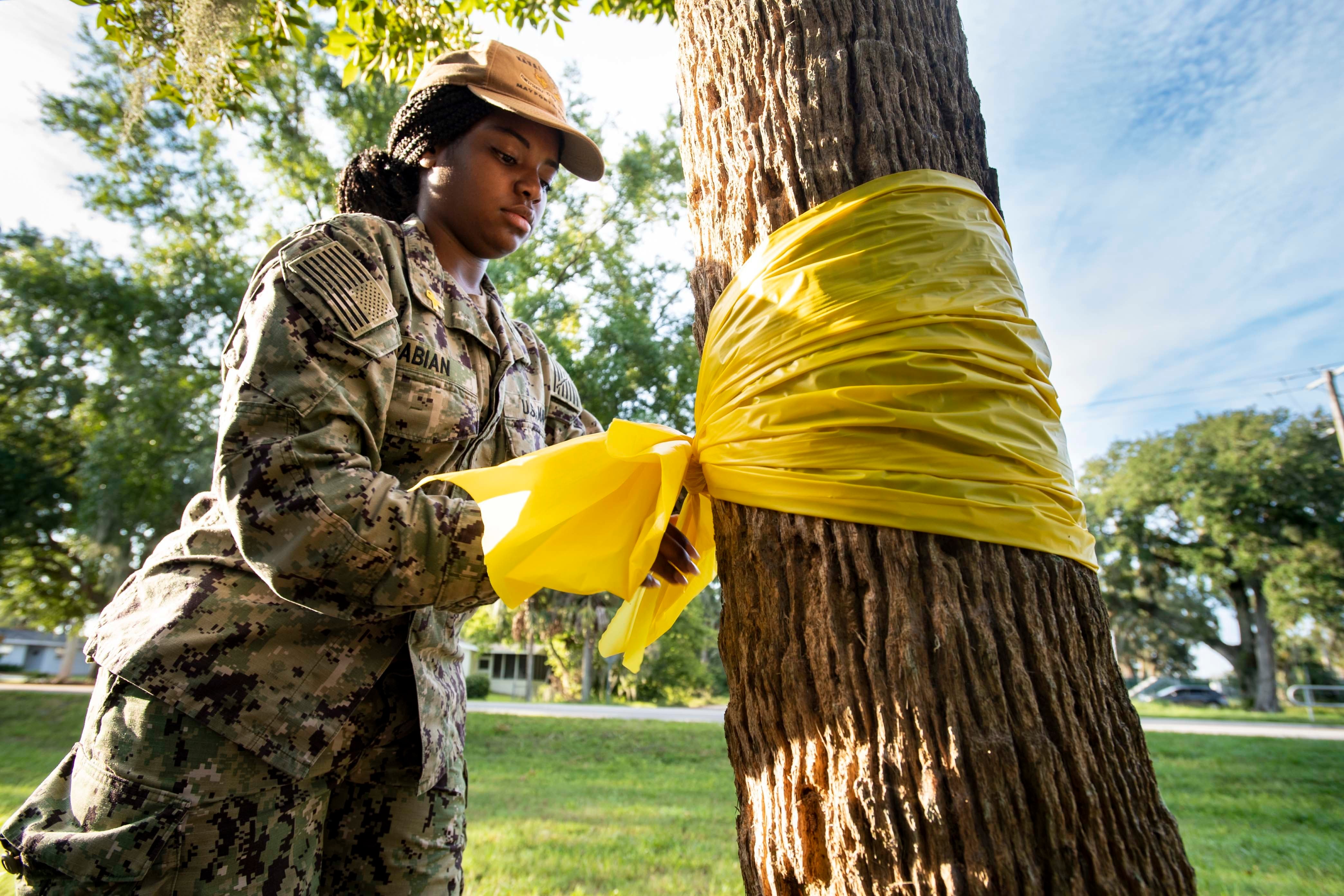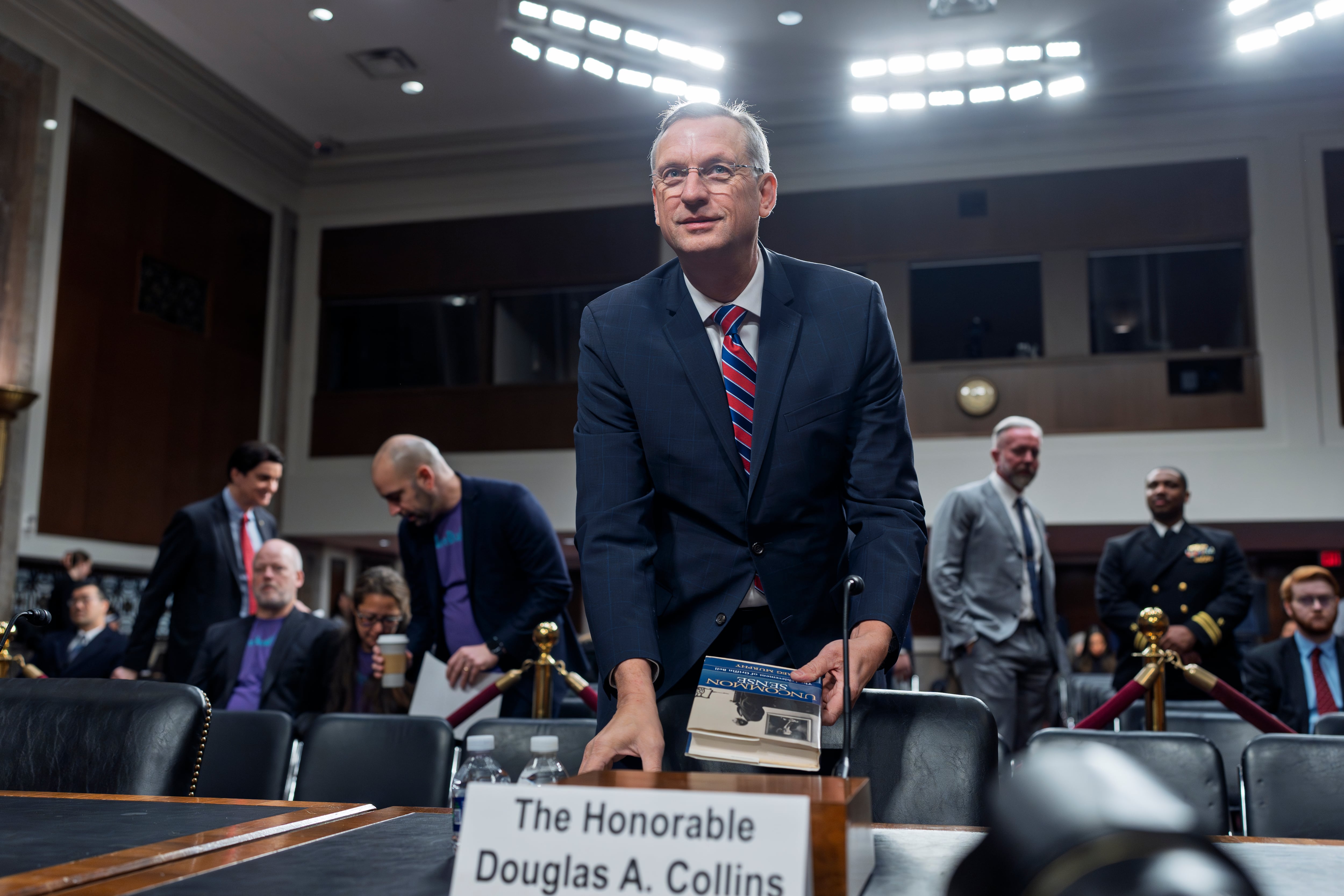Defense Department officials on Wednesday acknowledged shortcomings in their suicide prevention programs as the number of lives lost to self harm in the ranks continues to increase.
“The trends are not going in the right direction,” said Karen Orvis, director of the Defense Department’s Suicide Prevention Office. “Over the past two years we’ve seen a slight decline nationwide [in suicides] for our U.S. population, but that does not hold for [the military.]”
Despite numerous new suicide prevention initiatives from military leaders in recent years, active-duty suicides increased every year from 2015 to 2020, according to Defense Department data. Total deaths from suicide increased by more than 40 percent over that span.
RELATED

More than 4,800 service members have died as a result of suicide since 2014, a figure that’s double the total of troops killed in action in the 20-year war in Afghanistan.
On Wednesday, defense officials faced blunt questioning from lawmakers about why they haven’t seen improvements, and whether the programs can ever be effective.
“The military’s suicide prevention effort is failing, and we must find out why,” said Rep. Jackie Speier, D-Calif. and chairwoman of the House Armed Services Committee’s military personnel panel.
“These aren’t just numbers. These are service members who were willing to die to defend our country, but instead took their own lives.”
Richard Mooney, acting Deputy Assistant Secretary of Defense for Health Services, told lawmakers that senior leaders are “working through a host of actions that will increase behavioral health care, research that looks at [suicide] factors and a whole number of other items” in response to the continued suicide problem.
The Defense Department is also looking to expand its safe storage efforts in an attempt to education more military members on gun safety. Firearms are the most common method of suicide among troops and veterans.
But both Mooney and Orvis acknowledged that the causes of suicide are varied and complex, making it difficult to develop comprehensive solutions to the issue.
“We’re working closely with the military services to leverage our suicide prevention work and guide departmental efforts,” Orvis said. “We’re also taking comprehensive action to ensure all service level individual programs are assessed for effectiveness.”
But outside advocates said the department still could do more to mitigate risks for service members.
Beth Zimmer Carter, an Army veteran who lost her son, Chris, to suicide in 2015, said she has found expansive problems within the services regarding bullying, dismissal of mental health injuries and a lack of focus on the issue of suicide threats.
“We’ve identified a lack of communication between mental health and leadership offices,” she said. “We had mental health providers telling us that they were afraid to talk to leadership about some of these issues. And some said even if they did [intervene], others may retaliate more against those troops.”
RELATED

Bonnie Carroll, president and founder of the Tragedy Assistance Program For Survivors, said that officials need to take a harder line against that kind of behavior if they want to save more lives.
“Those who stigmatize, haze, harass, bully, isolate or unfairly punish service members entrusted in their care must be held accountable,” she said. “And leadership must endorse help-seeking behavior as a sign of courage and strength and prioritize mental fitness.”
Defense officials said they are working on those improvements. Lawmakers said they aren’t moving fast enough.
“We must do more to combat suicide in the Armed Forces,” said Rep. Mike Gallagher, R-Wisc., ranking member of the personnel panel. “We cannot accept a new normal. We must do better.”
Service members and veterans experiencing a mental health emergency can contact the Veteran Crisis Line at 1-800-273-8255 and select option 1 for a VA staffer. Veterans, troops or their family members can also text 838255 or visit VeteransCrisisLine.net for assistance.
Leo covers Congress, Veterans Affairs and the White House for Military Times. He has covered Washington, D.C. since 2004, focusing on military personnel and veterans policies. His work has earned numerous honors, including a 2009 Polk award, a 2010 National Headliner Award, the IAVA Leadership in Journalism award and the VFW News Media award.





